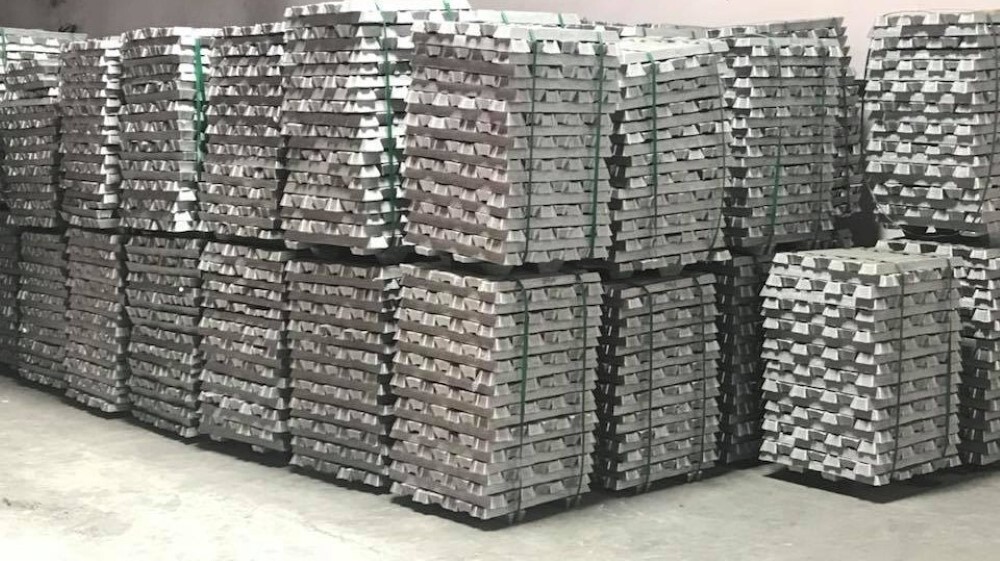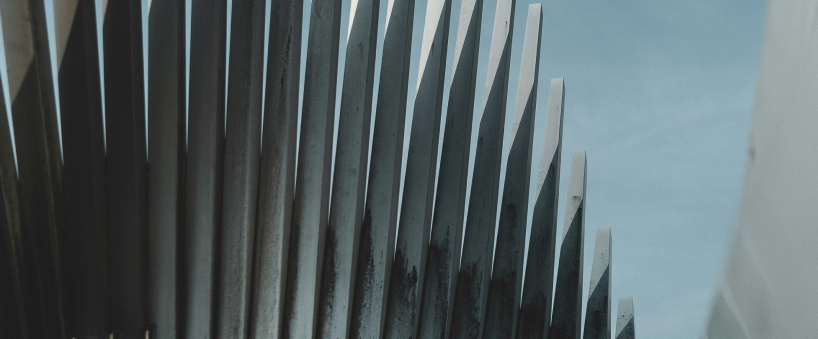

Aluminium scrap: This week, the overall price centre of the domestic aluminium scrap market shifted downward, with the market in a wait-and-see consolidation phase. Spot primary aluminium prices plummeted sharply and then fluctuated rangebound during the week. As of July 17, the SMM A00 aluminium price closed at RMB 20,570 per tonne, down RMB 250 per tonne from Thursday last week.

Image source: IndiaMART
Directly impacted by the weak orders from downstream scrap utilisation enterprises during the traditional off-season, purchases only maintained just-in-time demand. Shredded aluminium tense scrap demonstrated strong resilience against price drops due to persistent supply tightness, with outstanding price resilience. Prices remained basically stable within the range of RMB 15,700-17,300 per tonne (tax not included) during the week.
Baled UBC prices largely followed the aluminium price decline, with prices under pressure and declining cumulatively by RMB 150 per tonne during the week, closing at RMB 15,200-15,700 per tonne (tax not included).
Regional performance varied significantly. East China (Shanghai, Jiangsu, Shandong) closely followed the fluctuations in primary aluminium prices, with frequent and relatively large price adjustments (up to RMB 300 per tonne in a single day). In contrast, Hunan, Guangdong, Jiangxi, Anhui, and other regions experienced delayed price adjustments with relatively smaller magnitudes.
It is expected that next week, the aluminium scrap market may follow the bearish expectations for aluminium prices, with the overall price centre shifting downward again.
Insufficient raw material supply will provide medium and long-term support for aluminium scrap prices, but weak off-season demand will continue to constrain upside room.
Shredded aluminium tense scrap will remain resilient in price due to strong support from tight supply, with prices expected to fluctuate rangebound within the RMB 15,600-17,200 per tonne range. Baled UBC will face significant downward pressure due to weak off-season demand, with prices possibly dropping to RMB 15,000-15,500 per tonne.
Secondary aluminium alloy: This week, the most-traded contract for cast aluminium alloy futures opened sharply lower on Monday, reaching the week's low of RMB 19,700 per tonne, before rebounding slightly over the next three days, with the price centre rebounding to around RMB 19,800 per tonne.
In the spot market, as of July 17, the SMM ADC12 price fell by RMB 100 per tonne from last Friday to RMB 20,000 per tonne, with a theoretical premium of RMB 160 per tonne against the most-traded contract, continuing to maintain a narrow adjustment pattern.
Cost side, market feedback indicates that the difficulty in purchasing aluminium scrap remains high. Although prices have slightly decreased during the week, they still remain at elevated levels, with sustained theoretical losses in the industry.
Insufficient restocking by enterprises has led to a decline in raw material inventories. However, supported by high costs, when aluminium prices fell sharply on Monday, the decline in ADC12 prices was relatively mild. Additionally, the price of oxygen-blown #553 silicon rose by RMB 350 per tonne during the week to RMB 9,200 per tonne, driving a slight increase in ADC12 costs.
On the demand side, influenced by the traditional off-season, demand remains sluggish, with downstream orders shrinking and most purchases being made on a just-in-time basis.
Social inventories have increased rapidly, with SMM statistics showing that the inventory of secondary aluminium alloy ingots in domestic mainstream consumption areas reached 30,298 tonnes on July 17, an increase of 3,532 tonnes from last Thursday.
Storage volumes in some warehouses have approached 90 per cent of their rated capacity and currently, some goods are planned to be transferred to surrounding warehouses to alleviate storage pressure.
In terms of supply, affected by raw material shortages and order reductions, some enterprises have experienced production cuts or suspensions, leading to a decline in finished product inventories.
On the import front, overseas ADC12 prices have slightly risen to USD 2,460- USD 2,490 per tonne, but the decline in imported spot prices has widened immediate losses to around RMB 900 per tonne, resulting in a short-term loss of import advantages.
Overall, this week, due to the larger decline in aluminium prices compared to ADC12, the inversion between the two narrowed compared to last week. In the short term, aluminium prices will continue to exhibit a pattern of being in the doldrums. Supported by aluminium scrap costs, the price spread between the two is expected to narrow again.
However, against the backdrop of weak demand and high social inventories, the upside room for ADC12 prices is also limited. It is expected that in the short term, secondary aluminium alloy prices will maintain a pattern of fluctuating rangebound.
Note: This article has been issued by SMM and has been published by AL Circle with its original information without any modifications or edits to the core subject/data.
Responses








